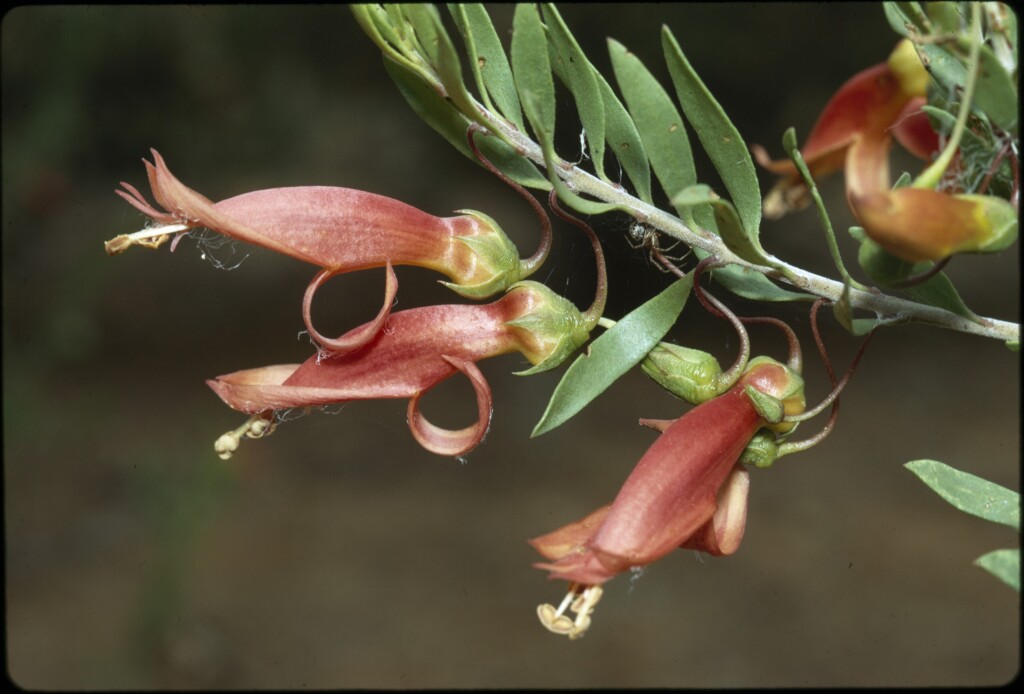Scrophulariaceae
Herbs, shrubs, climbers or, rarely trees, autotrophic, glabrous or hairy, sometimes with minute sessile glands. Leaves alternate, opposite or whorled, or clustered, simple; stipules absent. Inflorescence a raceme or spike with flowers 1–several in leaf or bract axils, or flowers solitary or in cymes; bracts leaf-like, reduced or absent. Flowers zygomorphic to almost actinomorphic, bisexual, 4–5-merous; sepals free or fused, mostly persistent in fruit; corolla with lobes at least shorlty fused, rotate to tubular, often 2-lipped; stamens usually 4 (rarely 5); staminodes sometimes present, anthers 2-locular, opening by longitudinal slits; ovary superior, 2–4-locular, ovules 1–many per locule; style terminal, with a simple or 2-lobed stigma. Fruit a capsule, drupe, berry or schizocarp, calyx usually persisting in fruit; seeds often small and numerous.
About 65 genera with c. 1800 species, cosmopolitan; c. 17 genera and c. 270 species in Australia, in all States.
Previously a much larger family, but many genera now dispersed to the Orobanchaceae, Phrymaceae and Plantaginaceae. The family now includes Buddlejaceae and Myoporaceae.
Barker, W.R. (1999). Scrophulariaceae. In: Walsh, N.G.; Entwisle, T.J., Flora of Victoria Vol. 4, Cornaceae to Asteraceae, pp. 483–528. Inkata Press, Melbourne.
 Spinning
Spinning


